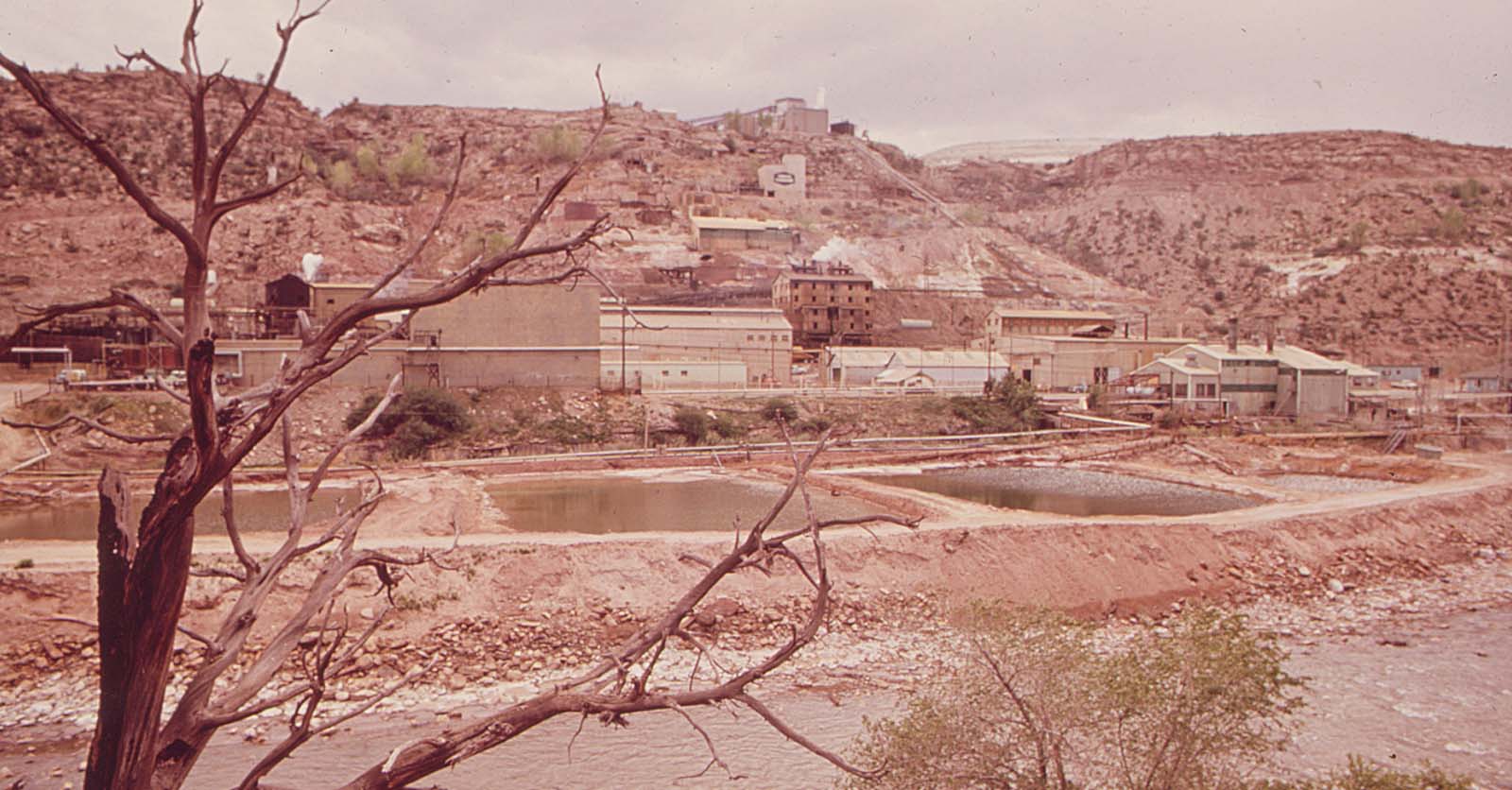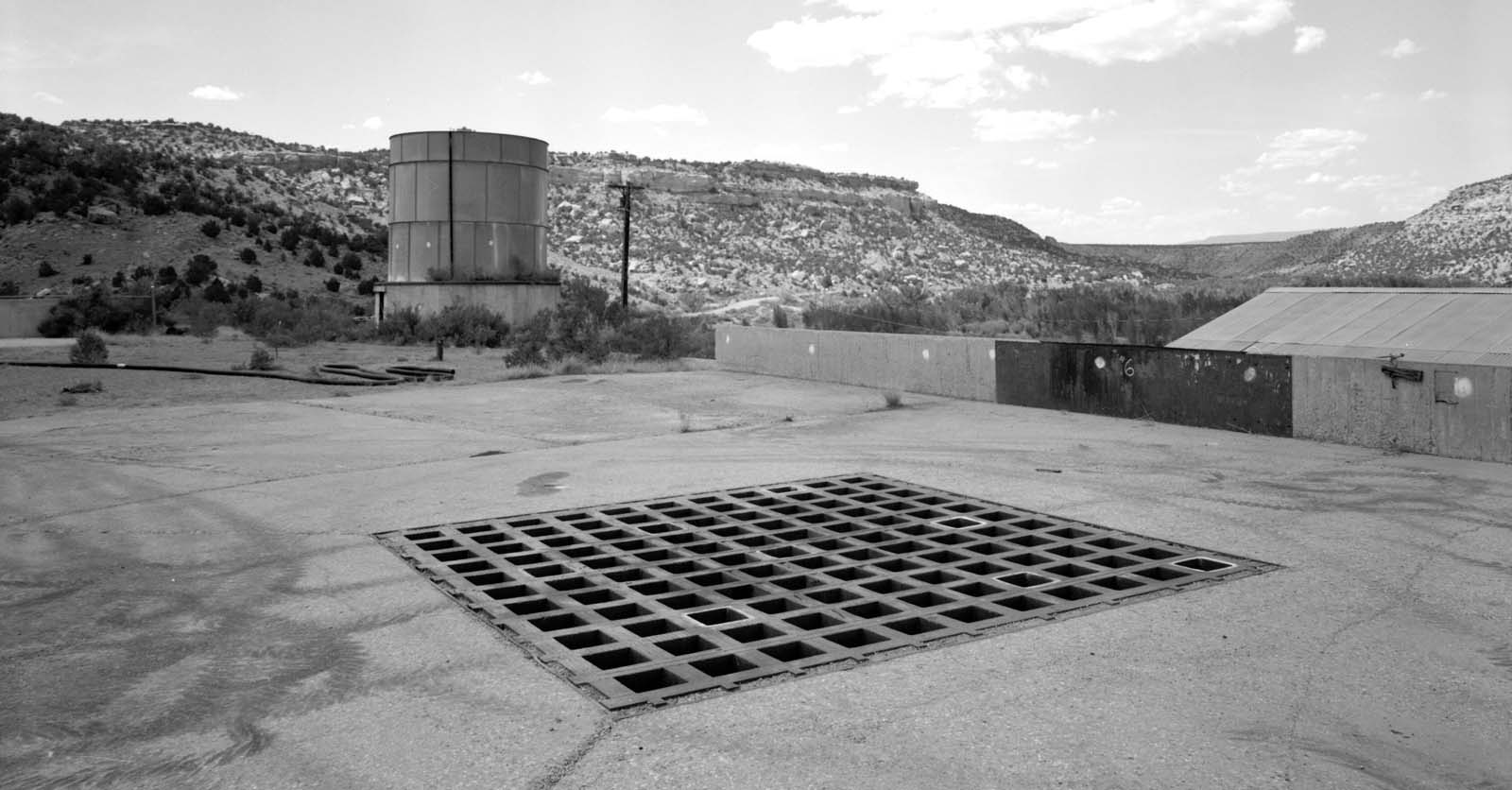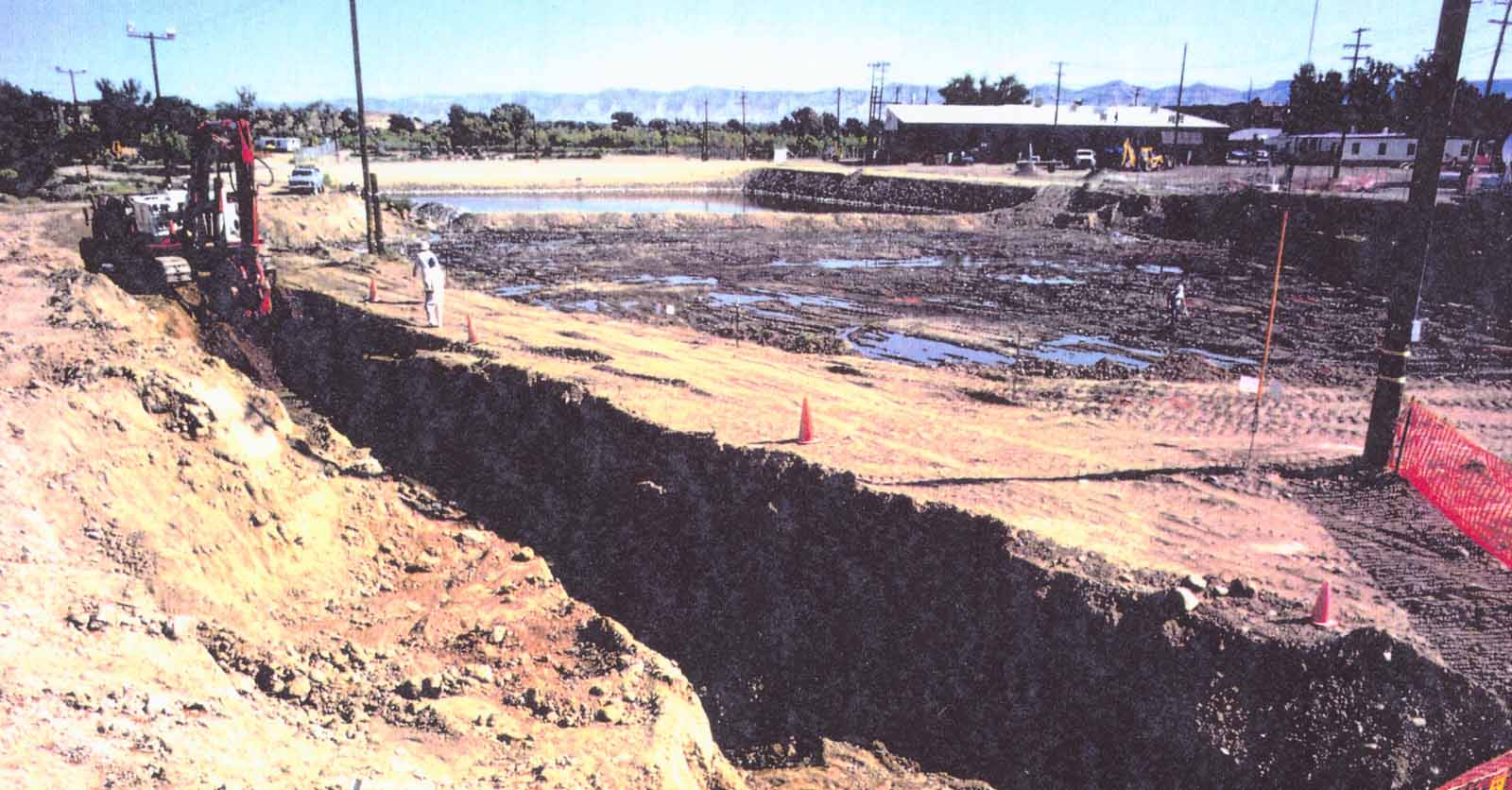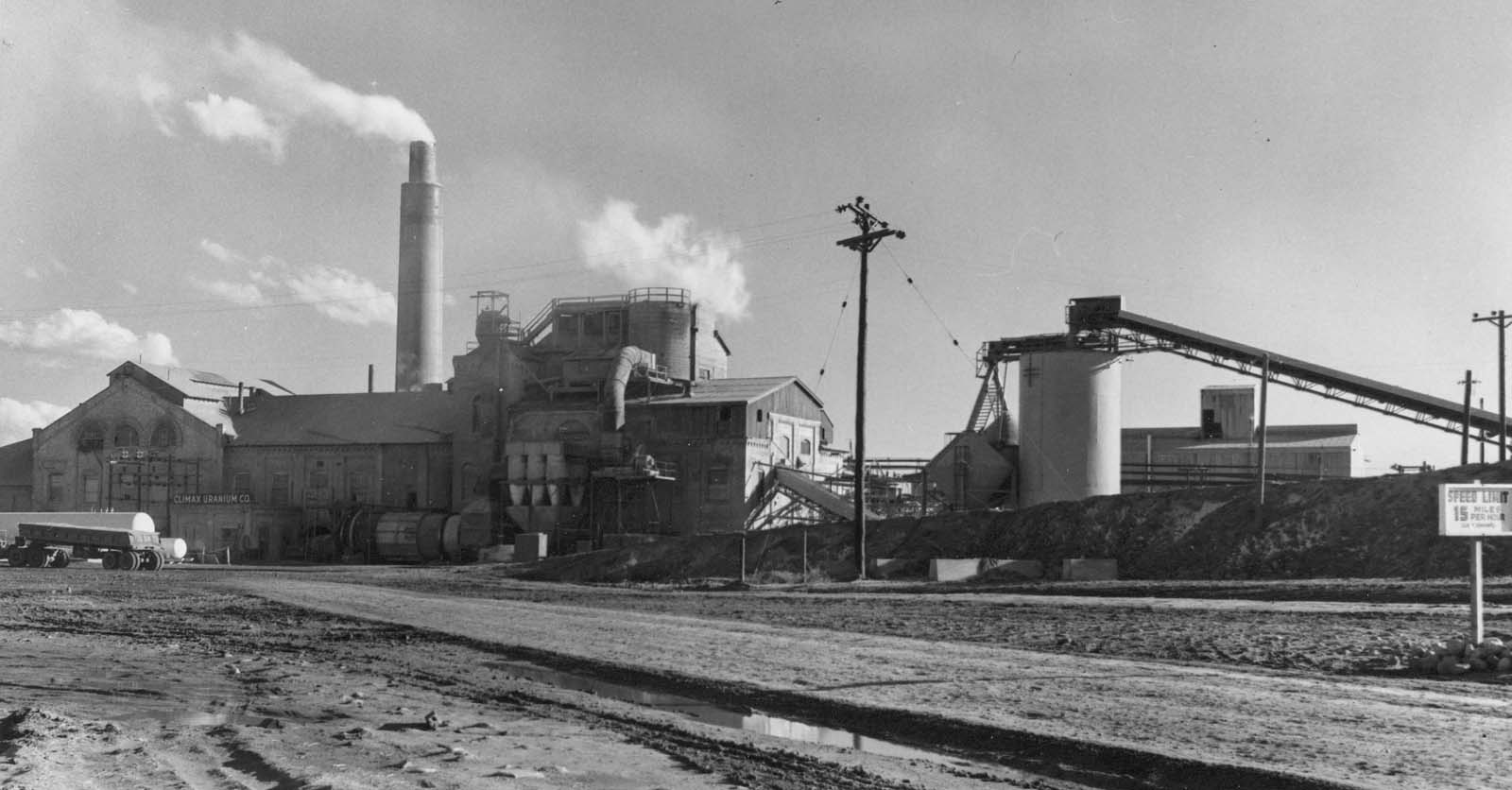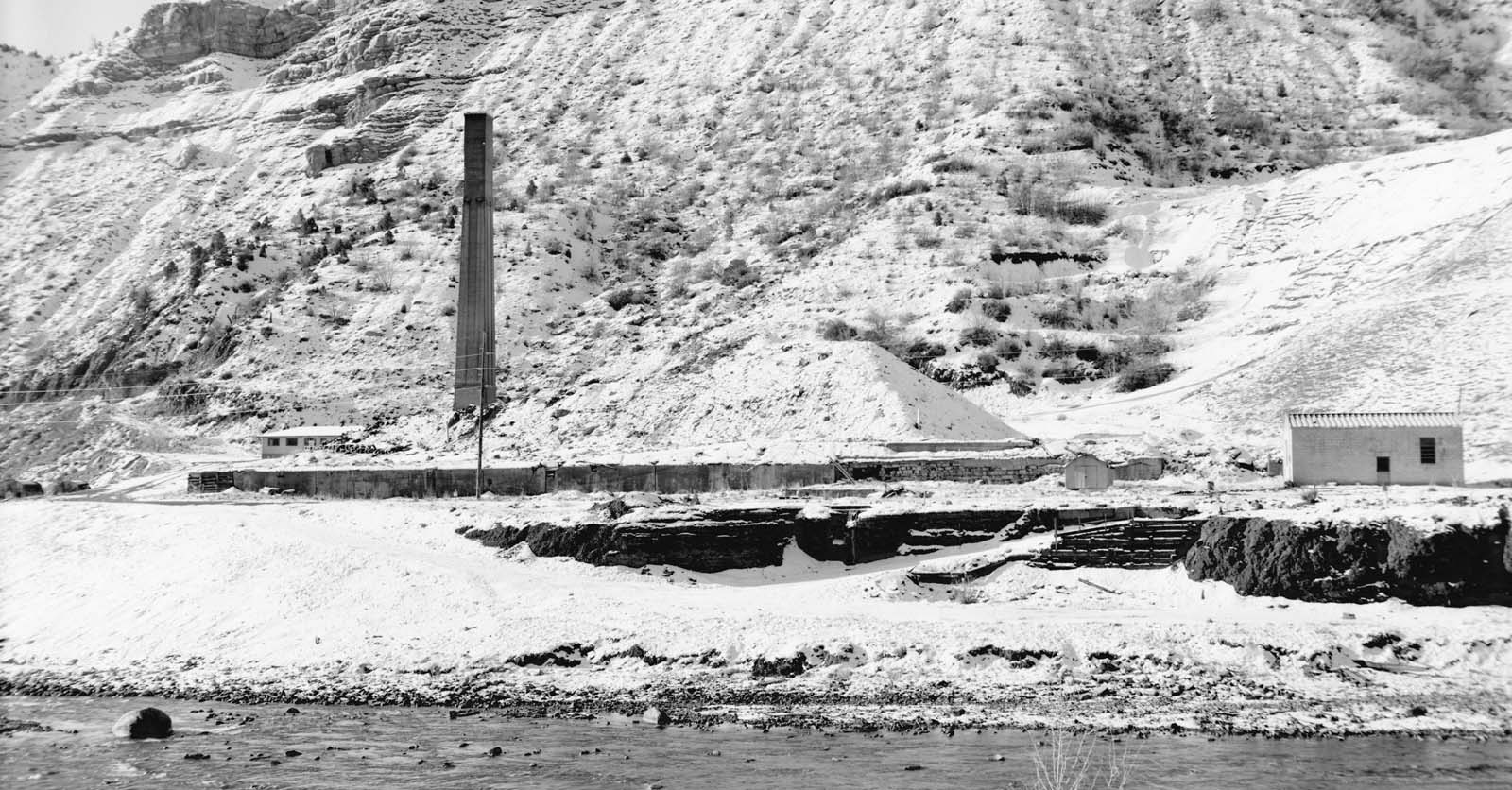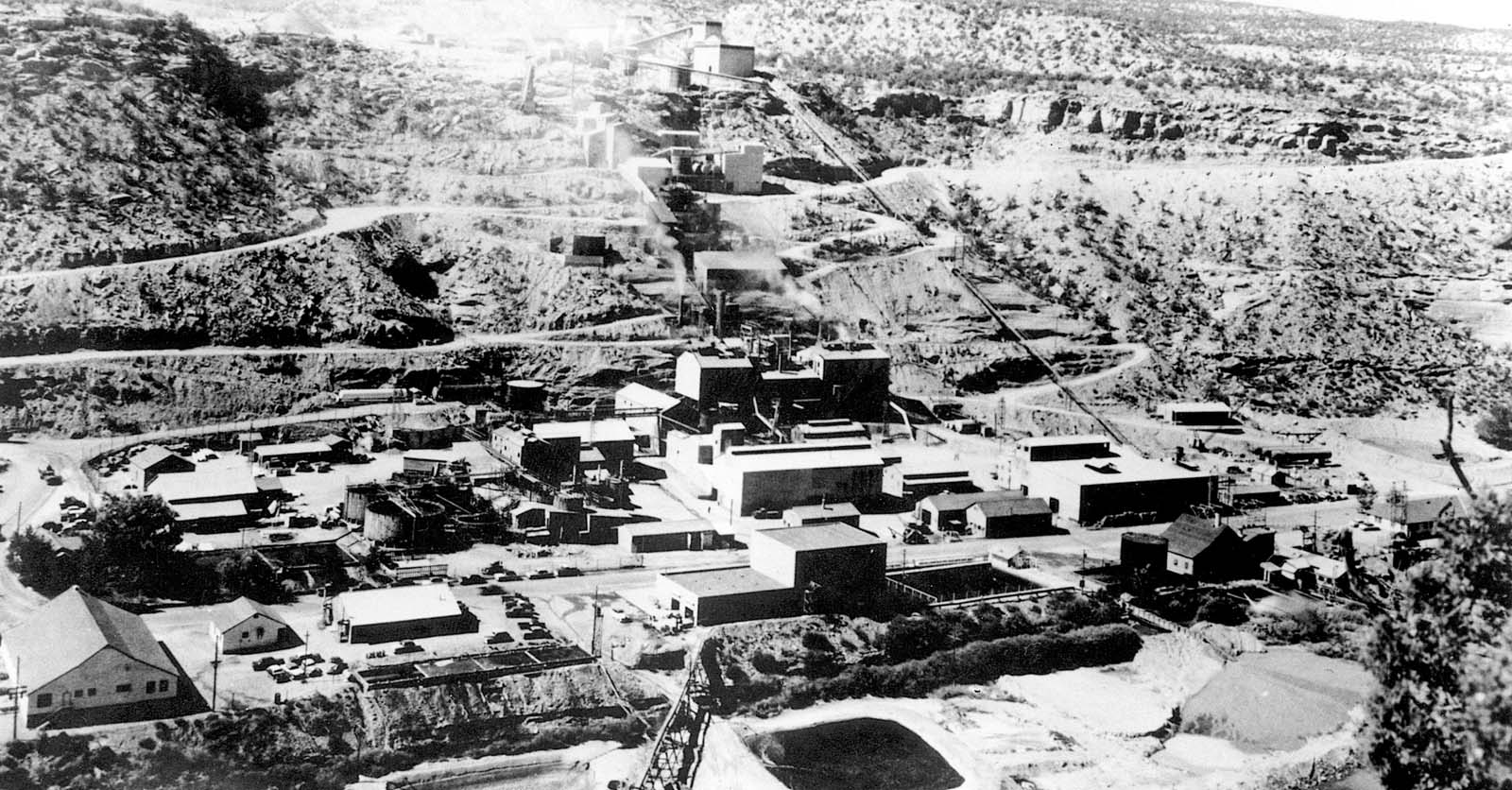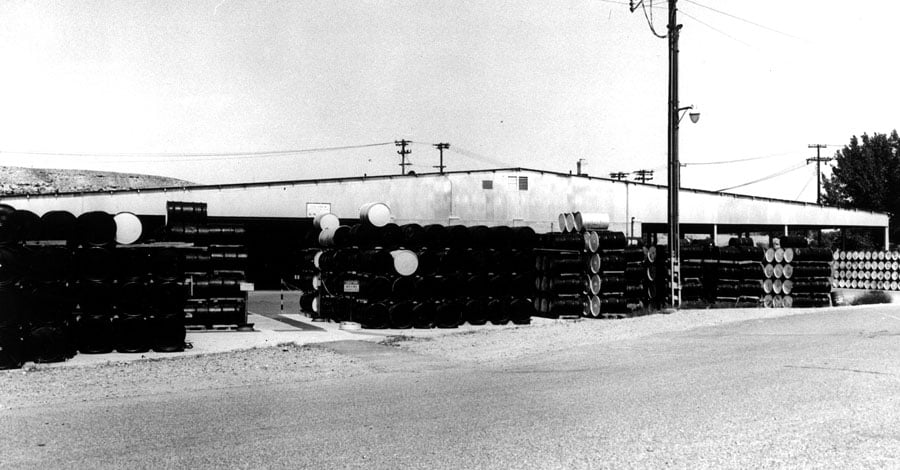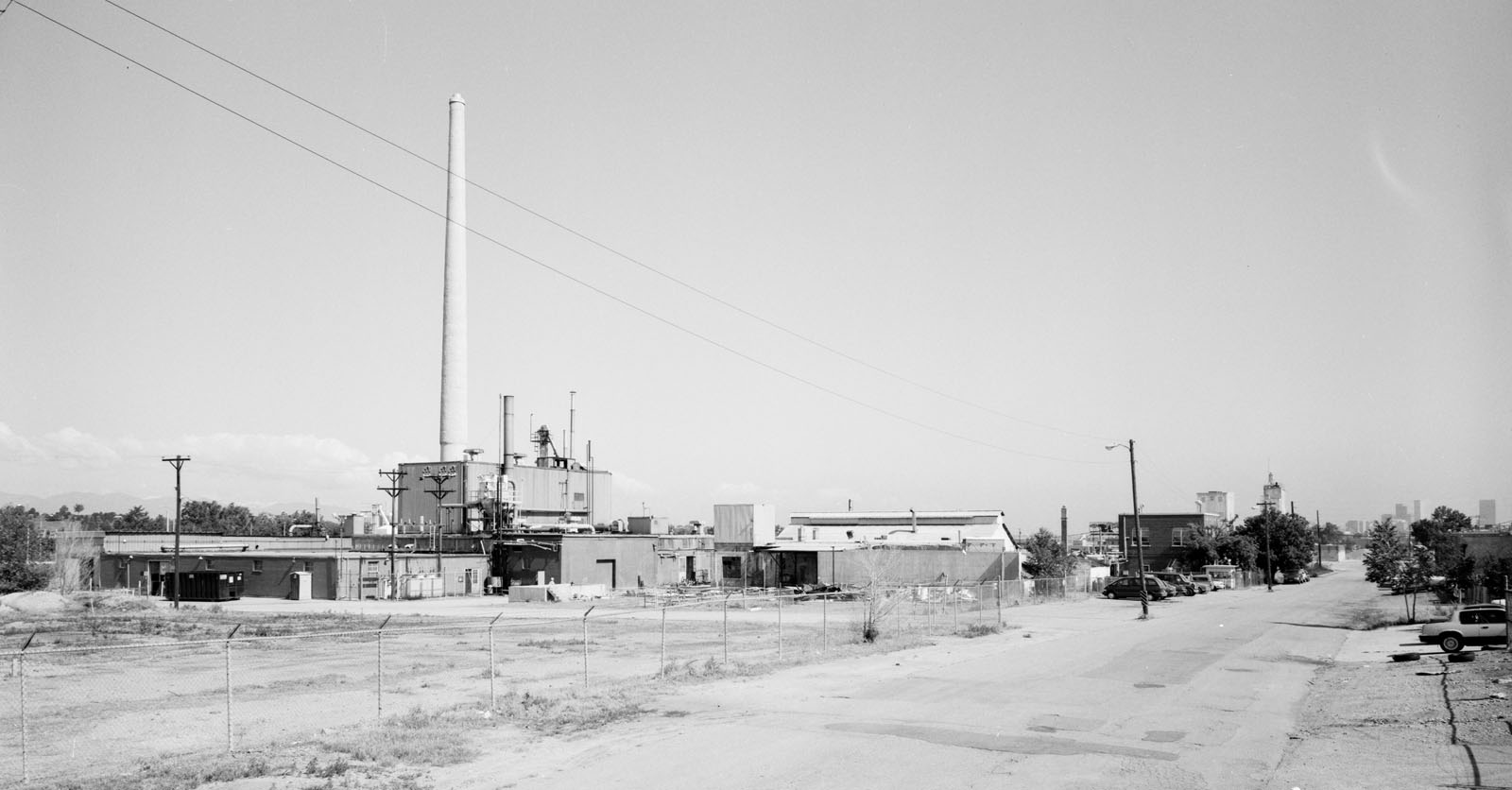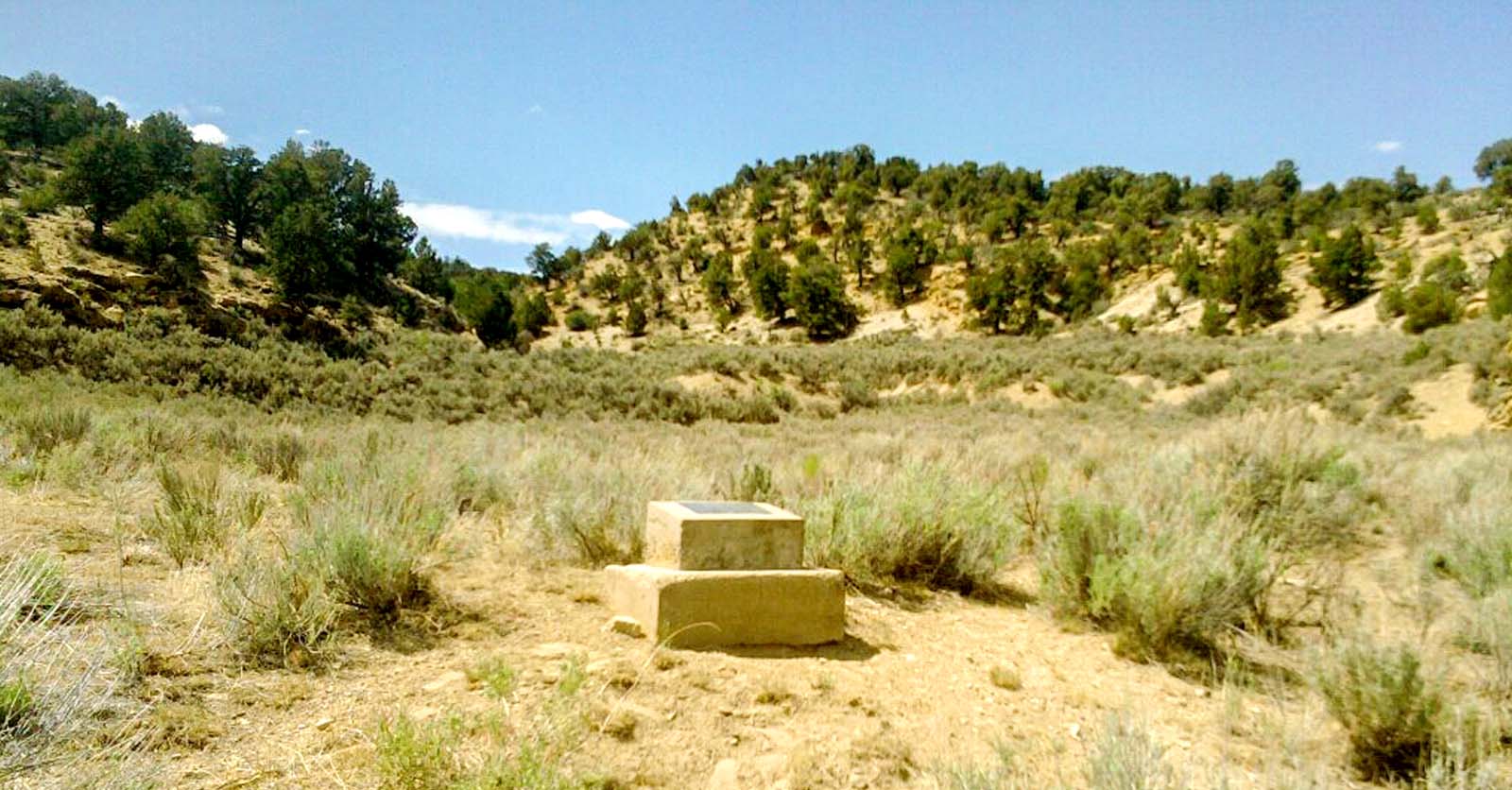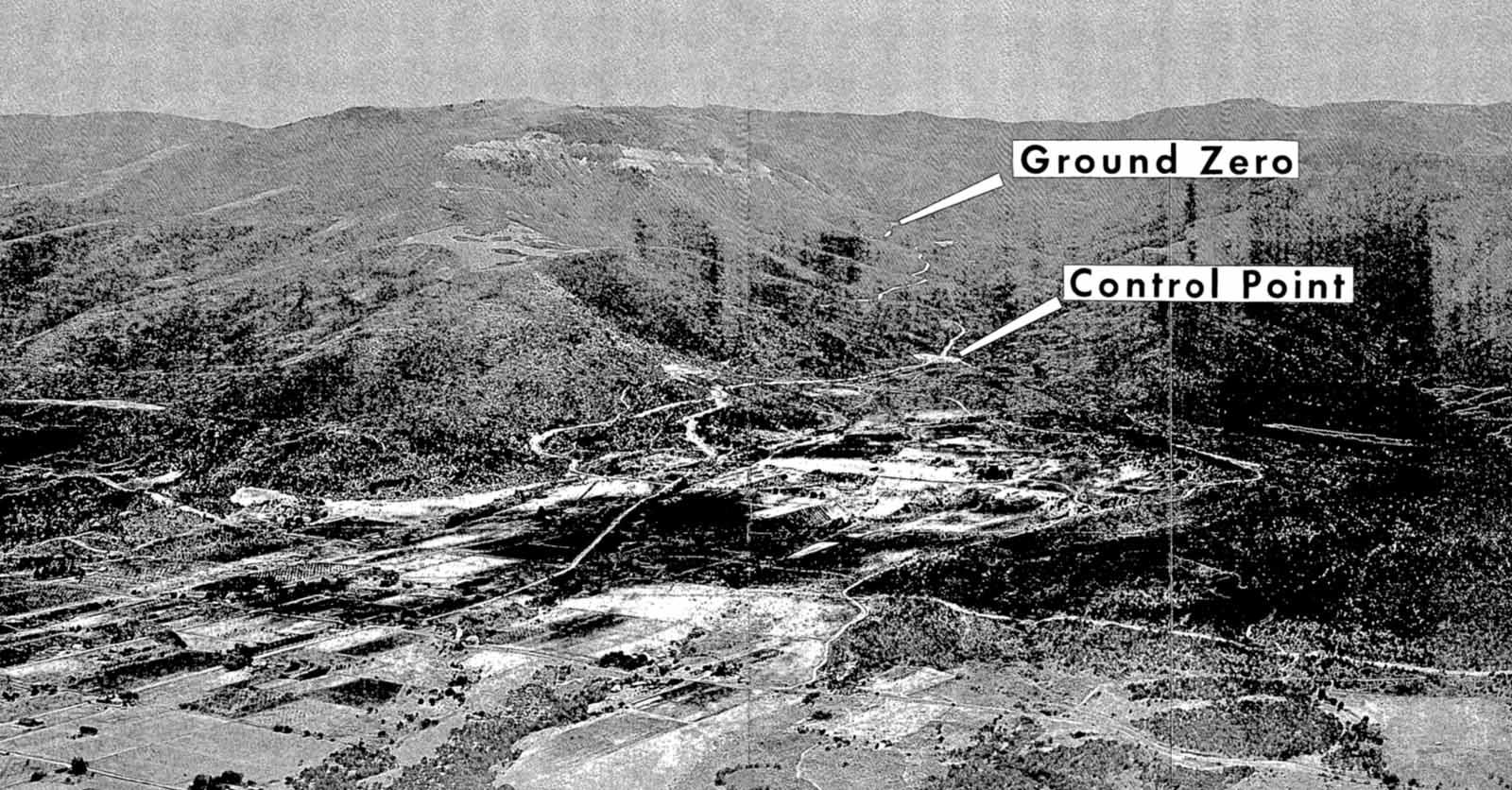3 min read
Old Uranium Mill in Rifle, Colorado: Approved for EEOICPA benefits
![]() Trusted Ally Staff
:
Mar 28, 2025 10:27:59 AM
Trusted Ally Staff
:
Mar 28, 2025 10:27:59 AM
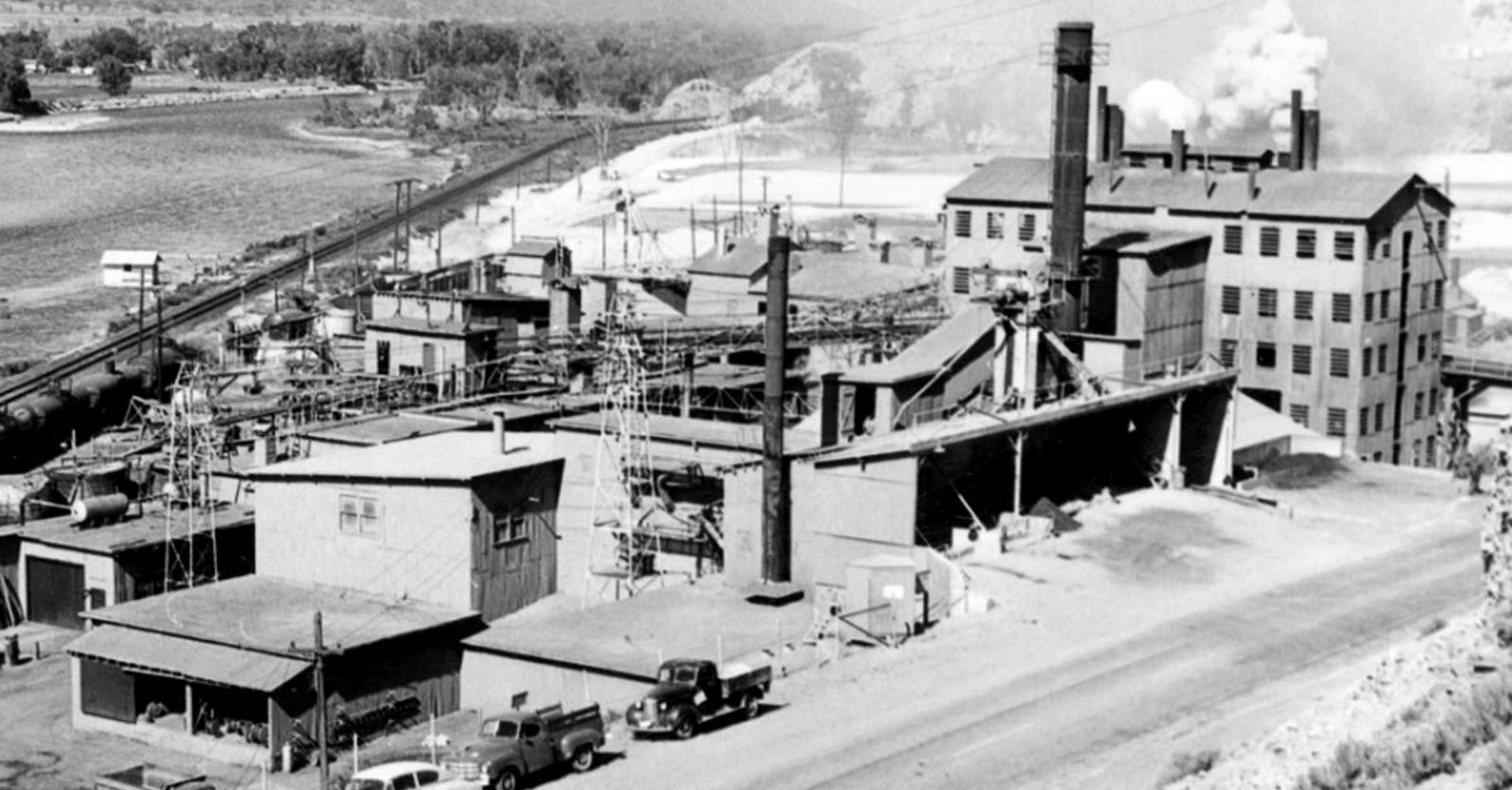
Subscribe to Trusted Ally News
The history of the Old Uranium Mill in Rifle
The Old Rifle Uranium Mill was built in 1924 by the Rifle Mines Development Company and was one of the first uranium processing sites in the U.S. Initially, it processed carnotite ore, which contained both uranium and vanadium (a metal used to strengthen steel). During World War II, the demand for uranium surged as the U.S. government sought materials for the Manhattan Project, the secret program to develop the first atomic bombs.
After the war, the mill continued operations under various government contracts, primarily supplying uranium for the Cold War-era nuclear weapons program. For decades, workers processed uranium ore with little understanding—or warning—of the radioactive and toxic hazards they faced.
The mill remained active until 1958, when it was replaced by the New Uranium Mill, built just a few miles away. However, the damage caused by years of unsafe uranium milling was already done, affecting workers, their families, and the surrounding environment.
What did uranium milling involve?
At the Old Rifle Mill, uranium ore was crushed, ground, and chemically treated to extract yellowcake uranium which is a powdered form of uranium oxide used in nuclear fuel and weapons. This process released radioactive dust, radon gas, and toxic chemicals into the air and water supply.
Workers handled uranium ore directly, often without protective gear, exposing themselves to radiation, heavy metals, and hazardous chemicals on a daily basis. The long-term health effects of these exposures were devastating.
Adverse health effects among workers
Over time, many former workers at the Old Rifle Mill developed serious health conditions linked to their radiation and chemical exposure. Some of the most common health effects included:
1. Lung cancer and respiratory illnesses
The milling process produced high levels of radon gas, a radioactive byproduct of uranium decay. Radon exposure, combined with radioactive dust inhalation, significantly increased workers’ risk of lung cancer and chronic respiratory diseases such as:
-
Pulmonary fibrosis (scarring of the lungs)
-
Silicosis (caused by inhaling silica dust from crushed rock)
-
Chronic bronchitis
2. Kidney disease and heavy metal poisoning
Uranium is a nephrotoxic heavy metal, meaning it damages the kidneys when ingested or inhaled over time. Many former workers suffered from:
-
Chronic kidney disease (CKD)
-
Renal failure due to prolonged uranium exposure
3. Leukemia and other cancers
Radiation exposure from uranium and its decay products damaged bone marrow and immune systems, leading to blood cancers like leukemia. Other cancers linked to uranium exposure included:
-
Stomach cancer
-
Liver cancer
-
Bone cancer
4. Skin conditions and radiation burns
Direct contact with uranium ore and chemical processing agents caused:
-
Radiation dermatitis (chronic skin conditions from prolonged radiation exposure)
-
Non-healing ulcers and burns
5. Reproductive issues and birth defects
Studies suggest that prolonged radiation exposure may have contributed to higher rates of miscarriages, birth defects, and genetic disorders among the families of uranium workers. Radioactive contamination was often brought home on clothing and equipment, unintentionally exposing family members.
Environmental and community impact
The health consequences of the Old Rifle Uranium Mill extended beyond the workers because it also left long-term environmental contamination that affected Rifle residents.
1. Radioactive waste and groundwater contamination
-
The milling process produced uranium tailings, a highly radioactive waste byproduct.
-
These tailings were dumped in open piles, where rainwater and wind spread radioactive particles into the Colorado River and surrounding soil.
-
Groundwater contamination from uranium and toxic chemicals like arsenic and lead posed health risks to local drinking water supplies.
2. Radiation exposure in homes and public spaces
-
In the years after the mill’s closure, Rifle residents unknowingly used uranium tailings in construction materials, leading to elevated radiation levels in homes, schools, and businesses.
-
The U.S. Department of Energy (DOE) later found dangerously high radon emissions in these buildings, requiring costly remediation.
Government response and cleanup efforts
By the 1970s, the long-term health and environmental risks posed by the Old Rifle Uranium Mill could no longer be ignored. In response, the Uranium Mill Tailings Radiation Control Act (UMTRCA) of 1978 authorized the cleanup of contaminated sites across the U.S.
-
In the 1980s and 1990s, the DOE removed radioactive tailings from the Old Rifle site and nearby contaminated areas.
-
Contaminated soil was transported to secure disposal cells located away from residential areas.
-
Long-term groundwater monitoring continues to track uranium contamination.
Today, the site is managed under the DOE’s Office of Legacy Management, ensuring ongoing environmental monitoring and public safety.
Approved for EEOICPA White Card benefits
The Old Uranium Mill in Rifle is covered under The Radiation Exposure Compensation Act (RECA).
RECA by itself provides lump sum compensation and does not cover healthcare costs. But uranium workers who are approved for RECA compensation may also qualify for lifetime healthcare benefits for covered conditions under the Energy Employees Occupational Illness Compensation Program Act or the EEOICPA White Card Program.
DOE contractors cleaned up hazardous materials under the Uranium Mill Tailings Radiation Control Act from September 1988 to September 1989, and removed contaminated mill tailings from April 1992 to October 1996. Workers involved may also qualify for lifetime healthcare benefits for covered conditions under the EEOICPA White Card Program.
As of March 2025, Old Uranium Mill workers and DOE contractors have received over $1.6 million in EEOICPA settlements and medical bills paid.
Let us check if you or a loved one qualifies for up to $400,000 plus free medical care in the comfort of home.
Your pathway to care starts with Trusted Ally Home Care. Get started today and let us guide you through the process of receiving the care you or a loved one deserves.
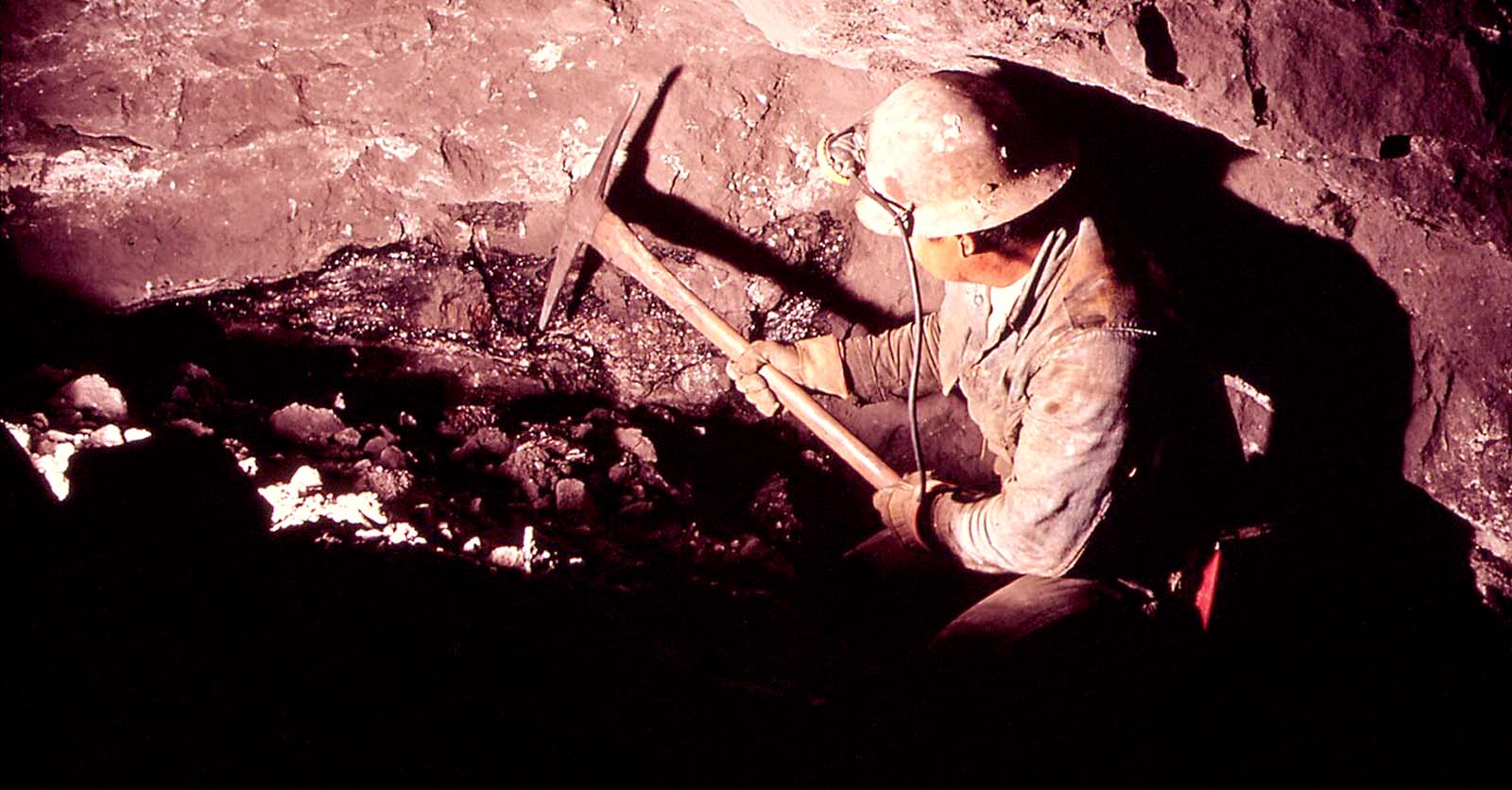 Read More
Read More






